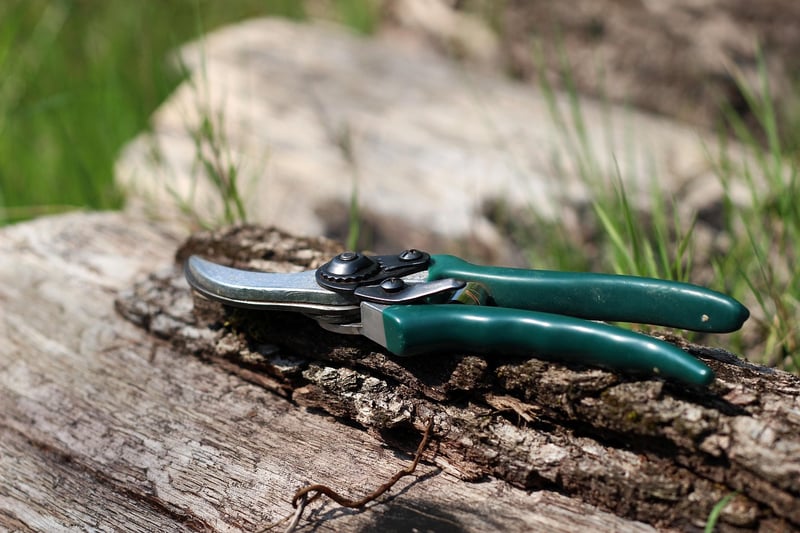Pruning Techniques
#gardening tips
#plant maintenance
#indoor plants
Essential Plant Care Guidance + Pruning Techniques
The Importance of Proper Plant Care
Plants are not only aesthetically pleasing but also play a vital role in our environment by producing oxygen and purifying the air. To ensure the health and longevity of your plants, it is essential to provide them with proper care and maintenance.
Basic Plant Care Tips
- Water your plants regularly, taking care not to overwater or underwater.
- Ensure your plants receive adequate sunlight based on their specific requirements.
- Fertilize your plants to provide them with essential nutrients for growth.
- Monitor for pests and diseases, taking necessary steps to prevent and treat any issues.
- Repot your plants when they outgrow their containers to allow for proper root development.
Pruning Techniques for Healthy Plants
Pruning is a crucial aspect of plant care that involves removing dead, damaged, or overgrown parts of the plant to promote healthy growth. Here are some essential pruning techniques:
- Deadheading: Removing dead or faded flowers to encourage new blooms.
- Thinning: Removing excess branches to improve air circulation and sunlight exposure.
- Heading back: Cutting back the tips of branches to promote bushier growth.
- Rejuvenation pruning: Cutting back older branches to stimulate new growth.
Illustrative Examples of Pruning Techniques
Below are images demonstrating different pruning techniques:




Conclusion
By following these essential plant care tips and mastering pruning techniques, you can help your plants thrive and flourish. Remember that proper care and maintenance are key to enjoying healthy and vibrant plants in your indoor or outdoor space.
